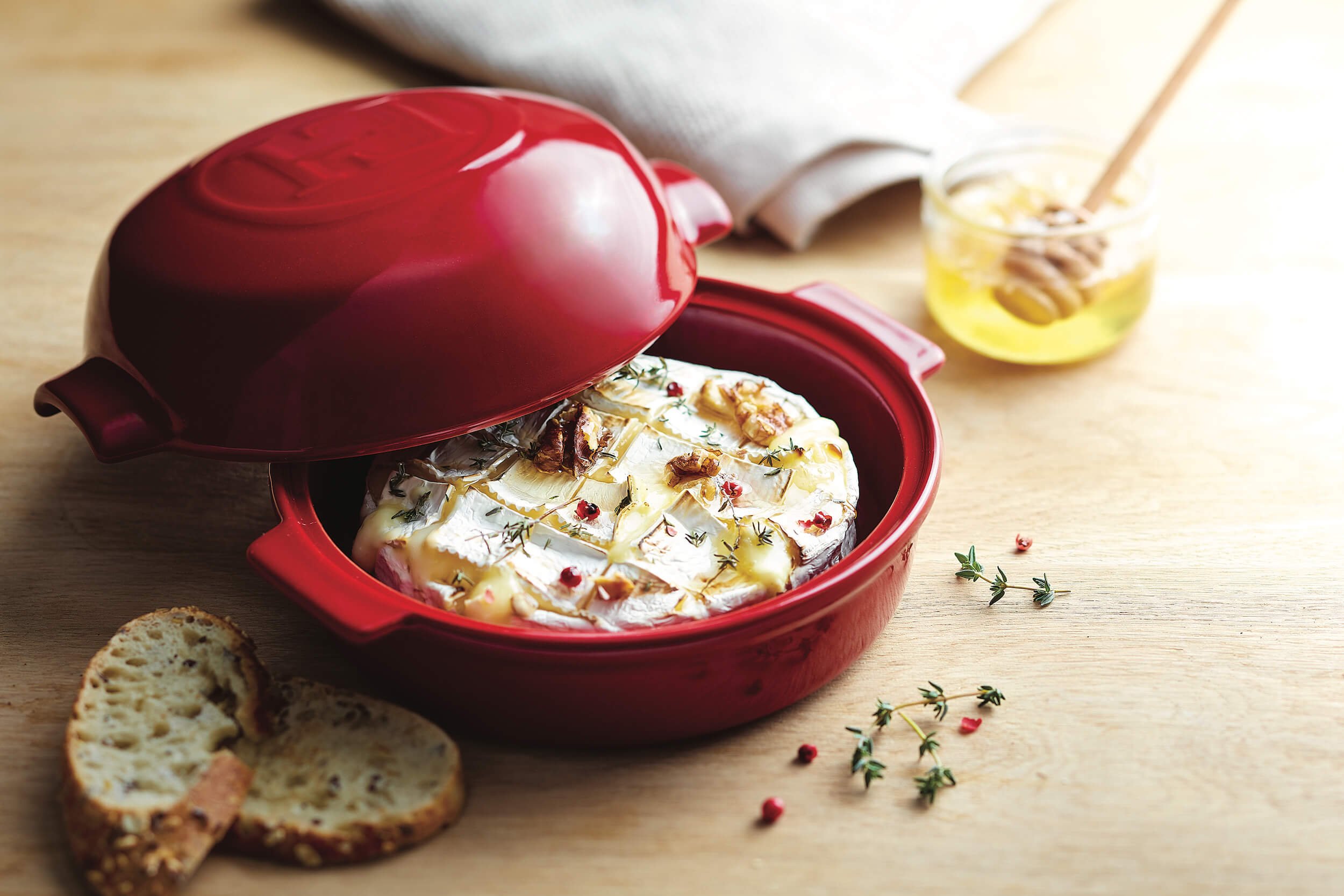Going out to eat dim sum is so much fun! And a bit of an adventure as well. While in a few places you order it, mostly it comes to you. Waiters roll around carts filled with delicacies and call out the names of the dishes, in Cantonese of course. You can take a look inside the steamer baskets and take your pick of dumplings--usually fried or steamed, or filled buns or noodle dishes or maybe even mini spare ribs, and perhaps a dessert or two. Many dishes are standard, but each place that serves it may have some unfamiliar items as well. The best thing is that you get to try lots and lots things in one go--and share them with everyone else at the table.
Dim sum is a Cantonese term that means "to touch the heart". It's popular in what used to be known as the Canton provinces--in Guangzhou, to go out to drink tea and order a snack of dumplings. In Hong Kong it's called "yum cha" meaning literally to "drink tea". Here at home we focus more on the dim sum or dumplings than the tea, and enjoy it as more of a meal than a snack, either late breakfast or lunch. Many places stop serving it by two or three in the afternoon.
Once you know what you like, you can buy it to go and take it home. I like to buy dim sum when I go shopping on Clement street. Clement street is a culinary mecca in San Francisco. There are so many great places to eat out and to shop for fresh produce, seafood, you name it and there must be half a dozen or more places to find dim sum witin a few short blocks. Dim sum makes a great quick snack or meal on the go. It reheats quickly in the microwave and you can keep a bakery box-full in the fridge for a week.
If you haven't tried dim sum or still aren't sure what it is, Chronicle books has recently published a visual reference guide Dim Sum: A Pocket Guide which should help you out. Page after page features full color pictures, the name of the dish in Cantonese and English and a description of what's in it. For experienced diners, there is a great section on how to tell the hostess how many people are in your party and how to order various types of tea in Cantonese. It also helps to make sense out of the record card the waiters use to keep track of how many dishes you have eaten. The markings on the card are totaled up at the end of the meal to determine what you owe. Since everything on the card is written in Chinese it can be a bit of a mystery! Once you know the names in Cantonese, dim sum is as easy to order in San Francisco, New York or Vancouver as it is in Hong Kong. And just as tasty.





